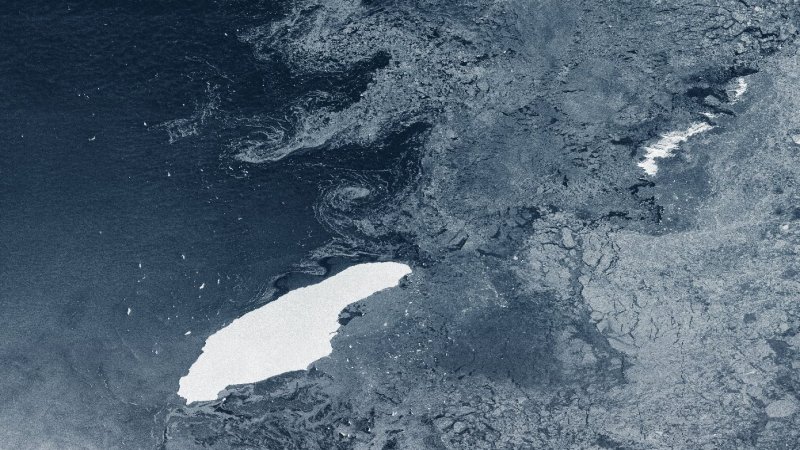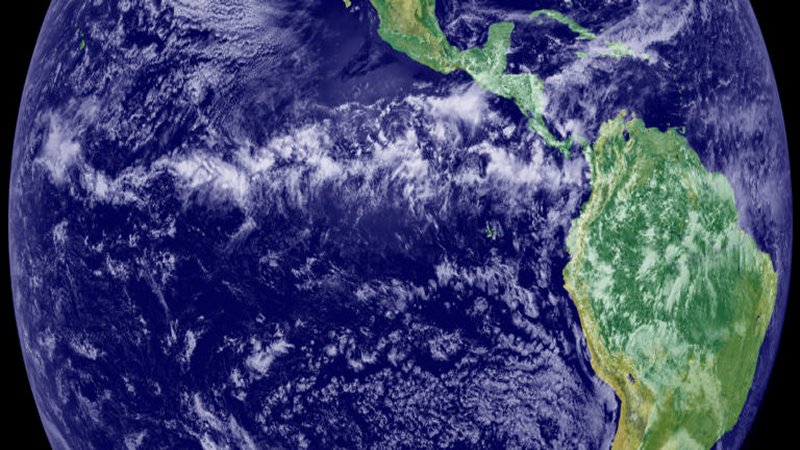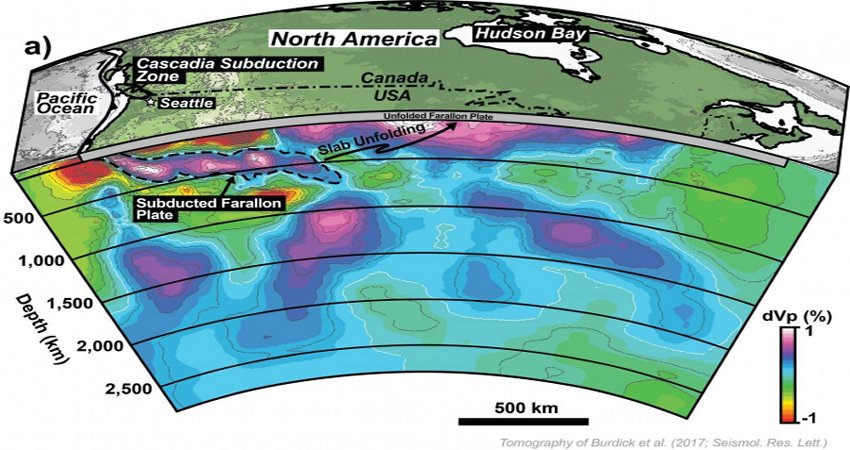World’s Largest Iceberg Is On A Collision Course With A South Atlantic Island
Cynthia McKanzie – MessageToEagle.com – Climate threats are constantly reminding us and all living beings of our vulnerability.
Icebergs naturally break off from Antarctica into the ocean, but climate change has accelerated the process—in this case, with potentially devastating consequences for the abundant wildlife in the British Overseas Territory of South Georgia.
Known as A68a, the world’s largest iceberg is on a collision course with a remote South Atlantic island.

A68a iceberg, drifting in the South Atlantic, could crush organisms and their seafloor ecosystem, which would need decades or centuries to recover.
This is devastating news because the Antarctic ice giant poses a grave threat to local penguins and seals that live on this island.
A68a is 160 kilometers (93 miles) long and 48 kilometers (30 miles) across at its widest point, but the iceberg is less than 200 meters deep, which means it could park dangerously close to the island.
If this happens animals’ normal foraging routes could be blocked, preventing them from feeding their young properly.
Many thousands of King penguins—a species with a bright splash of yellow on their heads—live on the island, alongside Macaroni, Chinstrap and Gentoo penguins.
Seals also populate South Georgia, as do wandering albatrosses, the largest bird species that can fly.
In addition to this, all creatures living on the seafloor would be crushed where A68a touched down – a disturbance that would take a very long time to reverse.
Carbon stored by these organisms would be released into the ocean and atmosphere, adding to carbon emissions caused by human activity, the researchers said.

The giant iceberg is a threat to a remote penguin sanctuary.
As A68a drifted with currents across the South Atlantic, the iceberg did a great job of distributing microscopic edibles for the ocean’s tiniest creatures, Andrew Fleming from the British Antarctic Survey told AFP.
“Over hundreds of years, this iceberg has accumulated a lot of nutrients and dust, and they are starting to leach out and fertilize the oceans.”
Up to a kilometer thick, icebergs are the solid-ice extension of land-bound glaciers. They naturally break off from ice shelves as snow-laden glaciers push toward the sea.
But global warming has increased the frequency of this process, known as calving.
See also: More About Earth Changes
“The amount of ice going from the center of the Antarctic continent out towards the edges is increasing in speed,” Tarling said.
If the A68a iceberg gets stuck it could be there for 10 years.
At its current rate of travel, it will take the giant ice cube—which is several times the area of greater London—20 to 30 days to run aground into the island’s shallow waters.
“We put the odds of collision at 50/50,” Fleming said.
Written by Cynthia McKanzie – MessageToEagle.com Staff Writer










